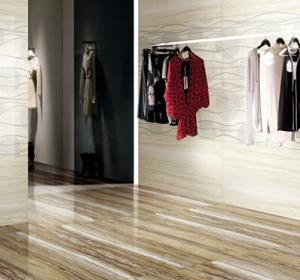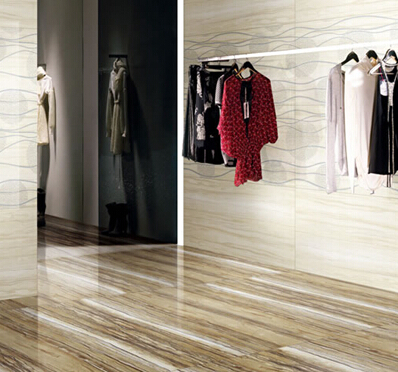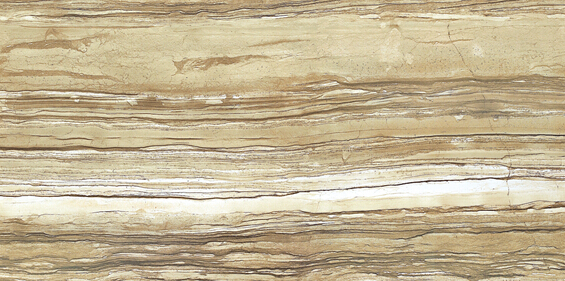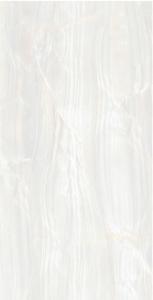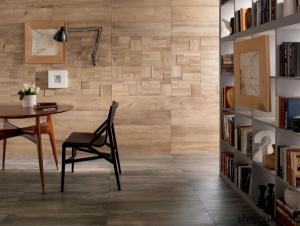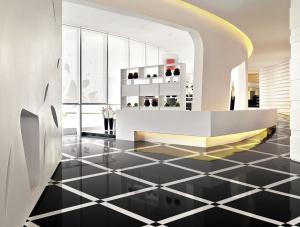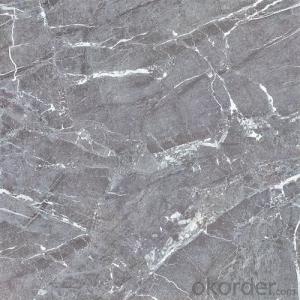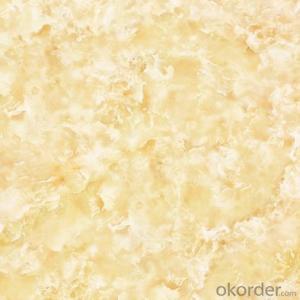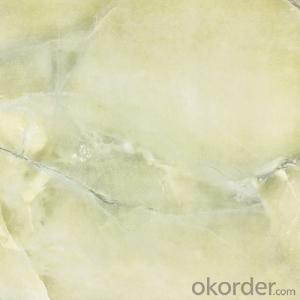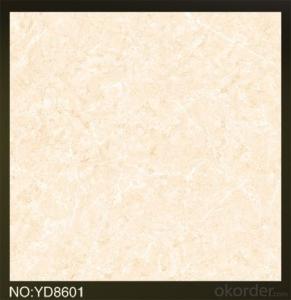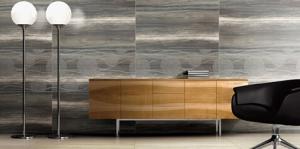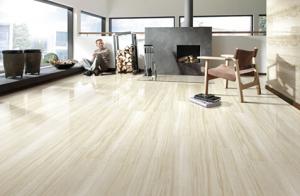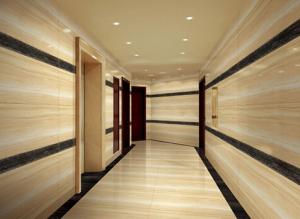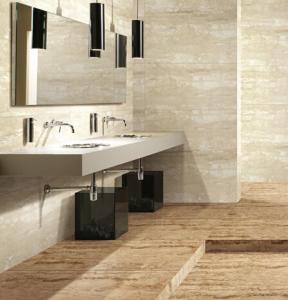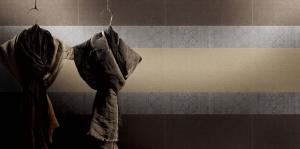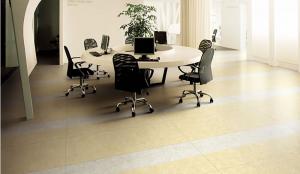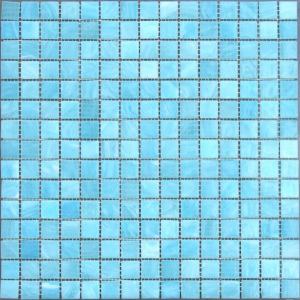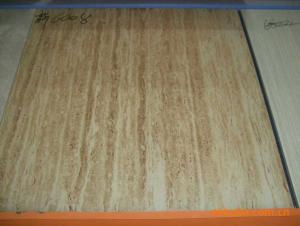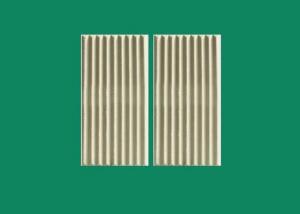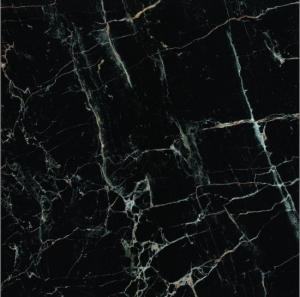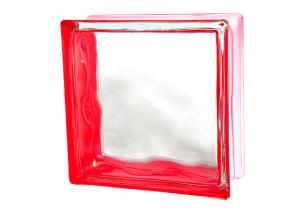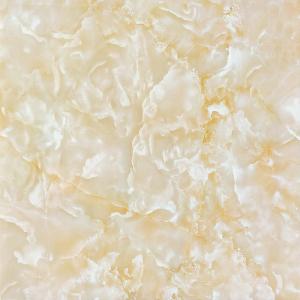Thin tile Italy wood series, W-BROWN
- Loading Port:
- China Main Port
- Payment Terms:
- TT OR LC
- Min Order Qty:
- -
- Supply Capability:
- 50000SQM per month m²/month
OKorder Service Pledge
OKorder Financial Service
You Might Also Like
Specification:
Serie: Italy wood
Item No.: W-BROWN
Size: 600× 1200mm
Thickness: 4.8mm
Surface: Polished/ Matt
Water absorption rate: ≤ 0.07 %
Breaking strength: 910 N
Modulus of rupture: 75 MPa
Abrasive resistance: Grade 6
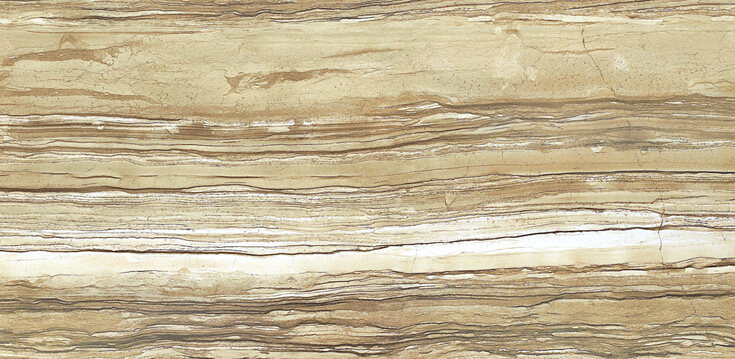
Effect picture:
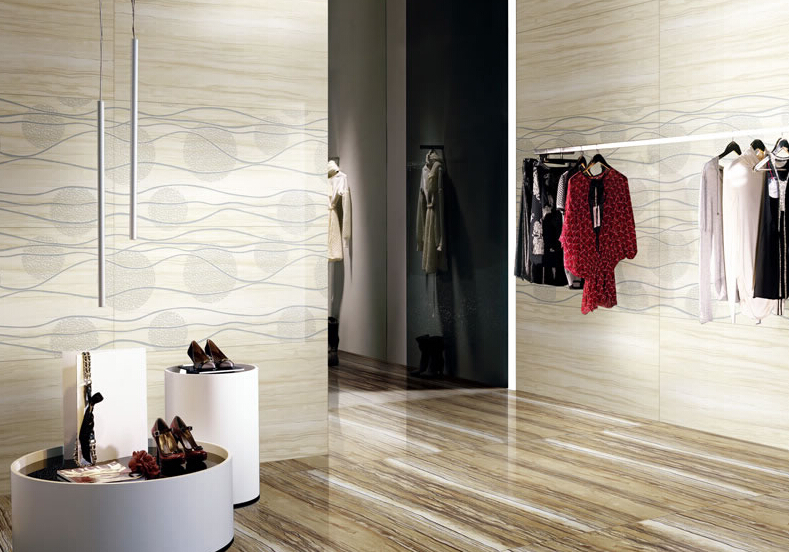
Packing details:
| Size(mm) | PCS/CTN | M2/CTN | KGS/CTN | SQM/20'GP |
| 600×600-Soluble salt | 4 | 1.44 | 28 | 1382.4 |
| 600×600-Double loading | 4 | 1.44 | 30 | 1296 |
| 800×800 | 3 | 1.92 | 50 | 1036.8 |
| 1200×600 | 2 | 1.44 | 45 | 864 |
| 1200×600-Thin tile | 3 | 2.16 | 22.5 | 2592 |
BREIF INTRODUCTION:
1. High Quality:
Grade AAA+, first choice always.The product quality strictly follow the ISO quality
standard. They all pass and even exceed the national and international standard.
2. Competitive Price:
We have our own factory located in Nanzhuang, Foshan. With 5 production lines, daily
output reaches around 10,000 sqm. Therefore we can offer our clients the very best prices.
Regarding required quantity, discounts are offered.
3. 10 Years Professional Experience:
We have been specialize in manufacturing and exporting tiles for 15 years. Our products can meet different import requirements of different countries. SGS, BV, SONCAP, SASO, CIQ, CE, SNI, INEN, etc can be handled well.
4. Modern Fashionable designs:
New and fashionable designs are promoted and updated periodically, which will be
fresh and fashionable revolutions.
FAQ and Investment:
Q: When can you deliver the goods?
A: If stock is available, we can deliver goods within 10 days. If no stock, that would be 20-25 days after receiving deposit.
Q: How about your payment terms?
A: Our payment terms is by T/T, 30% as deposit, balance by T/T or L/C before shipment.
Q: What is your main market?
A: Our main market is Middle East, Southeast Asia, South America, Africa, European Countries.
Q: We are importing to Egypt, can you provide CIQ certificate?
A: Our company have been in tiles export for many years. We are experienced in dealing with CIQ, SASO, BV, SGS, SNI, SONCAP certificate and etc.
- Q: Tile 60 * 60 price
- More than a dozen dollars out of a cup, there may be cracks in the brick, we have just submitted a few tiles are installed more than 50 pieces, feeling like general, the brightness is not high, the decoration to see the budget, Yuan to hundreds of dollars, you can choose a lot of.
- Q: How to buy tiles? What kind of good?
- Buy tiles Note Tile is a very important part of the decoration, not only the overall cost is higher, and if there is a problem, the loss will be great. 1. In the purchase of kitchen and toilet, balcony tiles, the first choice of wall tiles, and then select the tiles, to comply with the principle of Jane after the complex. 2. In the purchase of the living room of the brick, the election brick to refer to the square of the room to calculate. Such as 30 square meters below the optional side length of 60cm or less units; more than 30 square meters available side length of 80cm. Because in the tile shop will be no sense of space at home, will affect the judge. 3. Different batches of tiles there is a certain color, so try to buy some tiles, choose to return rather than replenishment
- Q: Installing support bars on bathtub ceramic tile
- If using a spade bit, buy two bits, a small one to drill a piolet hole then advance to the size that you need, if you have someone to help you can have them to spritz the bit with water constantly while you are drilling as the bit will get hot, you can also apply a piece of tape on the tile to help keep it from chipping out while drilling.....they also make a diamond bit for drilling tile and glass. Check at your local hardware store or Lowes, Home Depot, Menards, etc.....
- Q: I am about to redo my bathroom, and I Absolutely hate corners. They get dirty and are hard to clean plus I think they are ugly. So as far as tile is concerned is there something like a bent tile for an inside corner such as from floor to wall which will eliminate corners. Imagine if you will a quarter pipe use by skaters. If nothing exists where could I go to get custom tiles made.
- American Olean, Summitville and I m sure there other makers make a cove tile meant to be used of flooring corners between the wall tile and floor tile. You can see them in commercial applications allot. I don t see why you cant adopt the same concept to walls. There is also a base tile used for showers called an A 3401 that you could use in the same way. There is a whole color range in in 4x4 and 6x6 tiles. These are nice but basic tiles . Many manufacturers make these, including Florida Tile, Dal Tile and Interceramic that I can think of. Any questions you can e mail me through my avatar and check my qualifications there. GL
- Q: I have strip kitchen floor to sub floor. i am ready to install tiles. My question is: How to do the wet bed for laying ties later on.
- I m assuming yo mean a mortar bed or a mud bed for tiles. You don t want to do this for later on as you say. You want to lay tiles soon after it s set so you don t ruin the mortar bed by walking on it. This isnt something you usually just do , it takes practice and a bit of experience and is hard work but worth it when done right. A wet bed is a base of cement that the tiles are installed as you go. Old fashion method rarely used anymore. Now a mud bed is used and then a thin set is used to adhere the tile down. If you want to do a mud bed e mail me through my avatar and I ll guide you through it. GL
- Q: We have a big problem with our tiles in our bathroom, they wont stick.We have painted the floor with the pva. used (waterproof athesive) don‘t know if thats the correct name for it. my boyfriend has let his dad do the tiling as he knows how to do it. i told him to get a profesionals. but he wants he‘s dad. so now we have been having this problem. if any one knows what should we do or use different glue or something, that would really help., thanx
- Tile, like Ceramic / Porcelain tile? Or do you mean vinyl tile? If vinyl tile, the PVA should work, unless the floor beneath (concrete slab) wasn't prepped properly. If its ceramic, Porcelain or any kind of hard, individual tile, you should not be using floor adhesive, you should be using thin set (mortar) as an adhesive. The only way that wouldn't work is if your floors are so uneven that you can' get a good 'grab'. In that case, the floors need to be floated. Either way, sounds like daddio isn't as great as made out to be, get a professional in there, STAT!
- Q: How easy is it to tile a kitchen floor. Plus would you lay the tiles directly onto the concrete sub floor or lay concrete boards or chipboards underneath. I would also like to continue this to the hallway and under stairs. Thanks.
- Depending on the age of the cement subfloor, it would be my first choice, even if I had to prep it first to insure a good bond. Definitely not cement board, it's not designed or engineered to be walked on, the results downstream would be disastrous. There is a grade of board specifically called underlayment, and it would be my second choice. It needs to be nailed down to cement subfloor about every 6 inches in both directions, very tedious. Not so bad on wood, can be screwed down.This is not hard job, just hard work. Hands and knees, get up to cut a piece, back down to hands and knees. Spread mortar or adhesive, set tile, check for level, spread - set - level, over and over. And level in both directions, North - South, and East - West, and level from tile to tile as well. Really good tile setters make very good money. Very important for you to know: floor tile is thicker than wall tile. It should be 3/8 inch minimum, or 9 mm. Wall tile is generally thinner, and will crack under the stress of weight on it.
- Q: Classification of tiles?
- 3, glazed tiles: in the embryo body surface made of glaze firing. The main body is divided into two kinds of pottery and porcelain body. Made of clay on the back of the red, porcelain clay fired on the back of the gray. Glazed tile surface can do all kinds of patterns and patterns. More colorful than the polished tiles and patterns. Because the surface is glaze, so wear resistance than polished tiles and tiles. In addition to the size of the identification of glazed tile depends on the water absorption. Generally good brick press good, high density, high firing temperature, water absorption is also small. Glazed tiles are generally used in kitchens and toilets. Rich color patterns, good anti-skid performance. Glazed tiles are generally not very large, but can be very small, such as mosaic. The current home improvement of about 80% of buyers choose this brick for floor decoration materials. 4, antique brick: not China's ceramic industry's products, is introduced from abroad. Antique tiles are evolved from glazed tiles, essentially glazed porcelain tiles. Compared with ordinary glazed tiles, the difference is mainly reflected in the color of the glaze above, antique tiles are ordinary tiles, and the disk is basically the same, the so-called antique, refers to the effect of brick, antique effect should be called tiles, Antique brick is not easy to clean. The only difference is in the firing process, the antique brick technical requirements are relatively high, thousands of tons of hydraulic press after pressing, and then by thousands of high temperature sintering, to its high strength, with a strong wear resistance, carefully developed Antique tiles both waterproof, non-slip, corrosion-resistant features. Antique brick imitation of the past style to do the old, with a unique charm with classical people to attract people's eyes, to reflect the vicissitudes of life, the history of heavy, antique brick through the style, color, pattern, to create a nostalgic atmosphere.
- Q: When did the tiles begin?
- Tiles as home decoration works in the very popular decorative materials, learn to appreciate the tiles, to understand the history of tile development, will determine the style of help. The birth of the tiles The use of tiles has a long history, it first appeared in the ancient Egyptian pyramid of the room, and a long time ago began to contact with the bath. In the Islamic state, the tiles are painted with flowers and plant patterns. In the medieval England, people will be different colors of geometric brick shop in the church and the monastery on the floor. The development of tiles Tiles birthplace in Europe, especially worth mentioning is Italy, Spain and Germany. In the 1970s, an exhibition entitled "New Styles of Italian Household Products" was exhibited at the American Museum of Modern Art and other places, thus establishing the cosmopolitan status of Italian home design. Italian designers to personal needs into the tile design, coupled with the details of the uncompromising attention to the home owner to provide nuanced feelings. Another representative of the tiles is the Spanish tile design, the Spanish tiles are generally color, rich texture, variety and variety are favored by the vast number of consumers. At present, domestic imports of Spanish tiles are still dominated by traditional classical types. Into the 21st century, tiles from the material, shape, color, surface processing start to the high-end development. In the field of tile technology inside, the Germans always walk in the forefront. Germany, for example, is the first and only country in the world to realize the industrial production of monochromatic vitrified tiles.
- Q: I have a few chips in my ceramic floor tile. It‘s a light natural color tile, so the chipped part is dark and noticeable. Is there anything that you can put in the chips to cover them up?
- Not that I know of, but you might check with a store, such as a flooring center, that not only sells but also installs. Their installer may have something.
Send your message to us
Thin tile Italy wood series, W-BROWN
- Loading Port:
- China Main Port
- Payment Terms:
- TT OR LC
- Min Order Qty:
- -
- Supply Capability:
- 50000SQM per month m²/month
OKorder Service Pledge
OKorder Financial Service
Similar products
Hot products
Hot Searches
Related keywords
